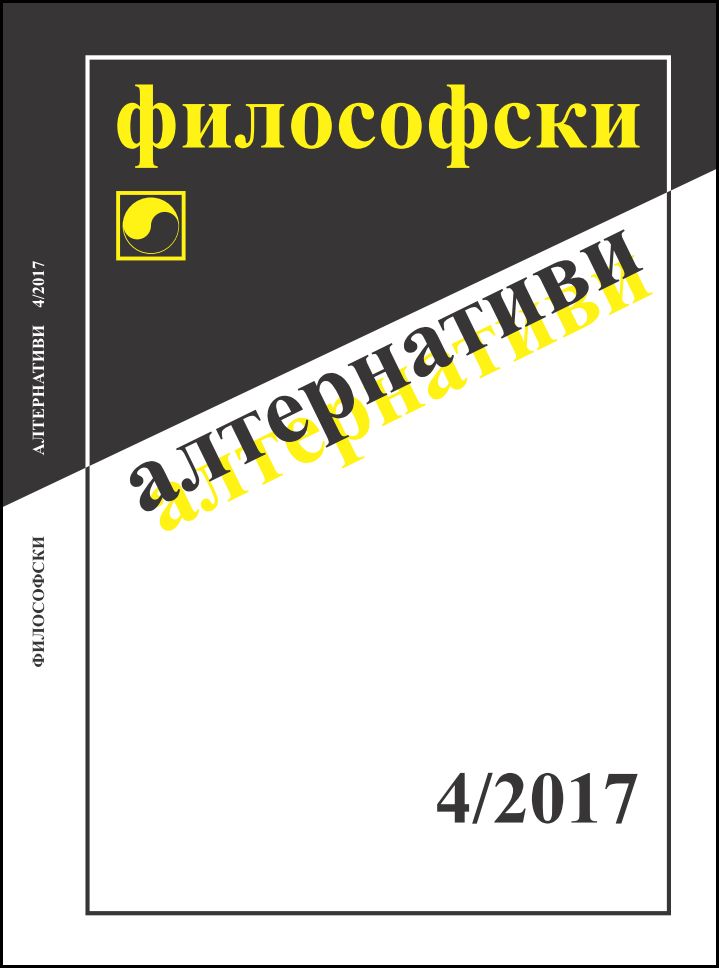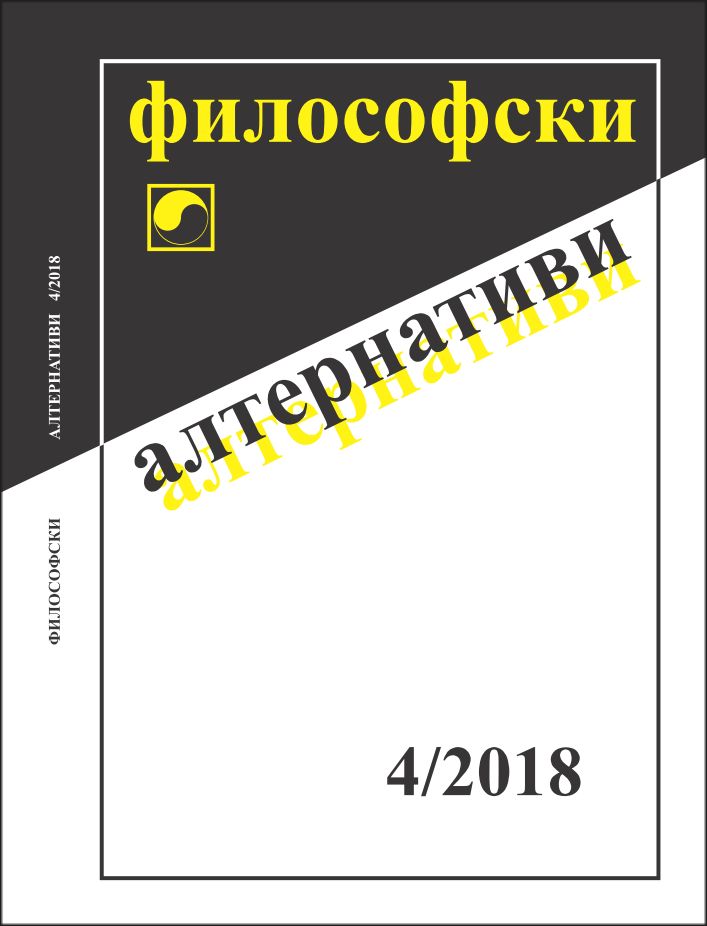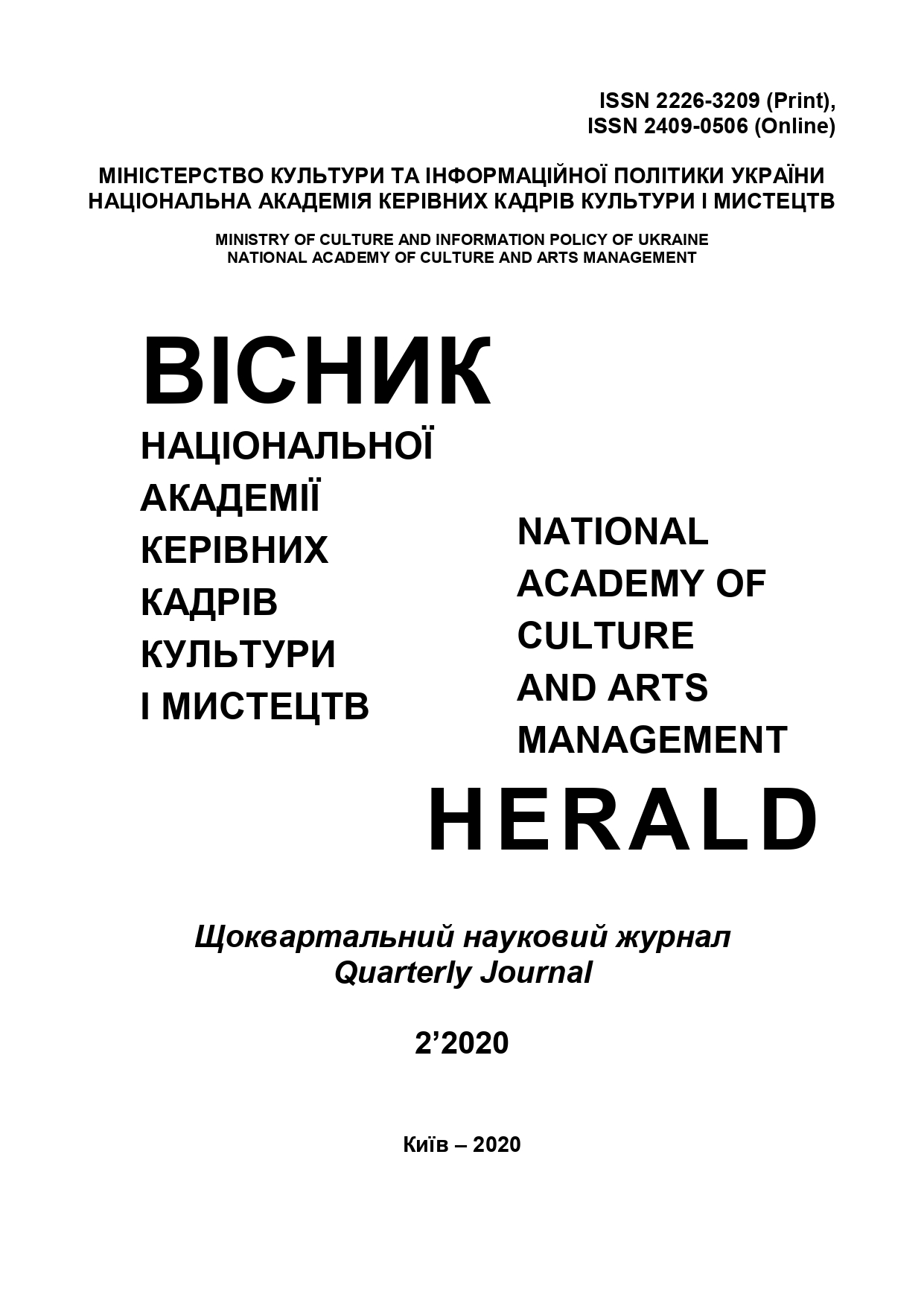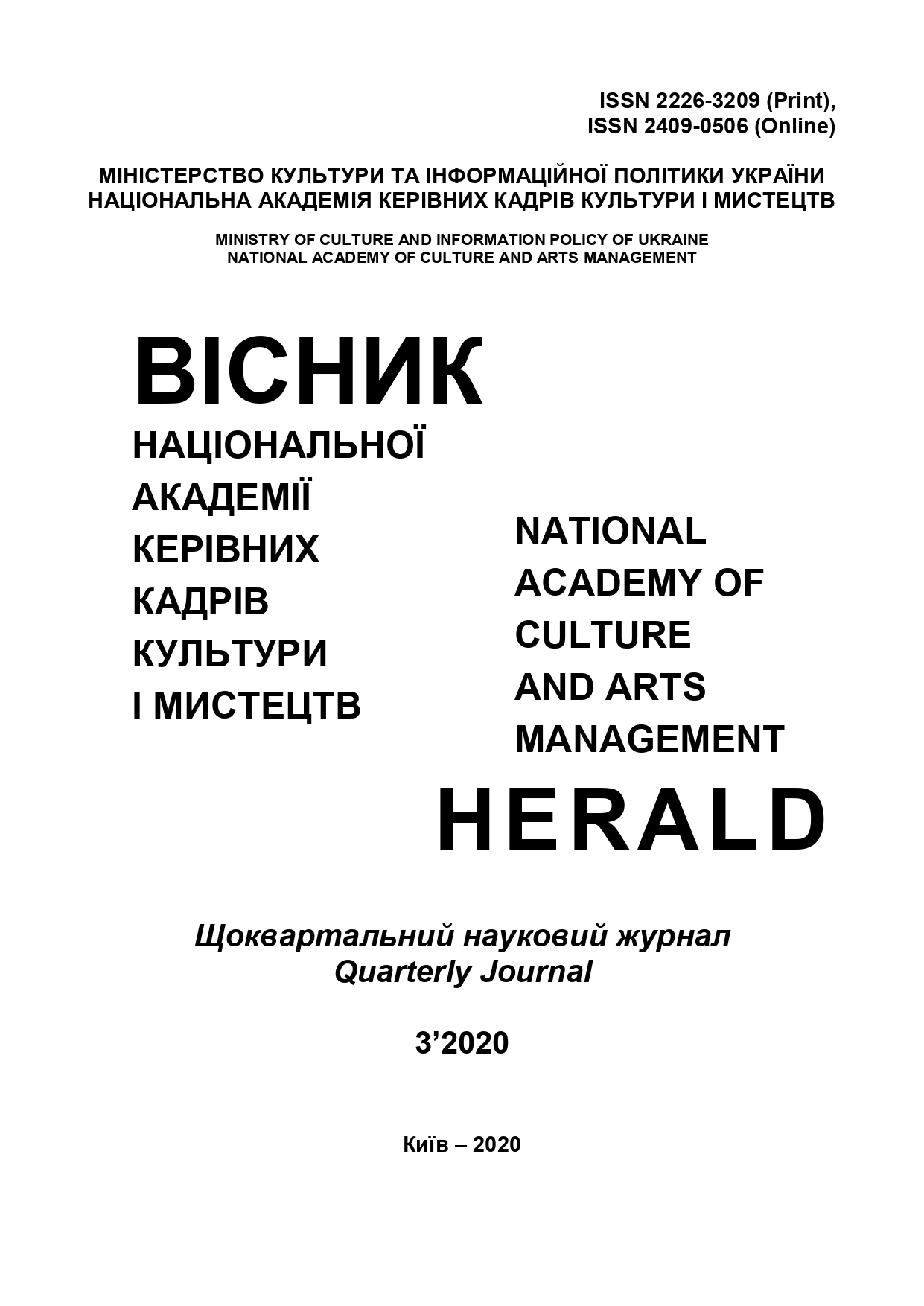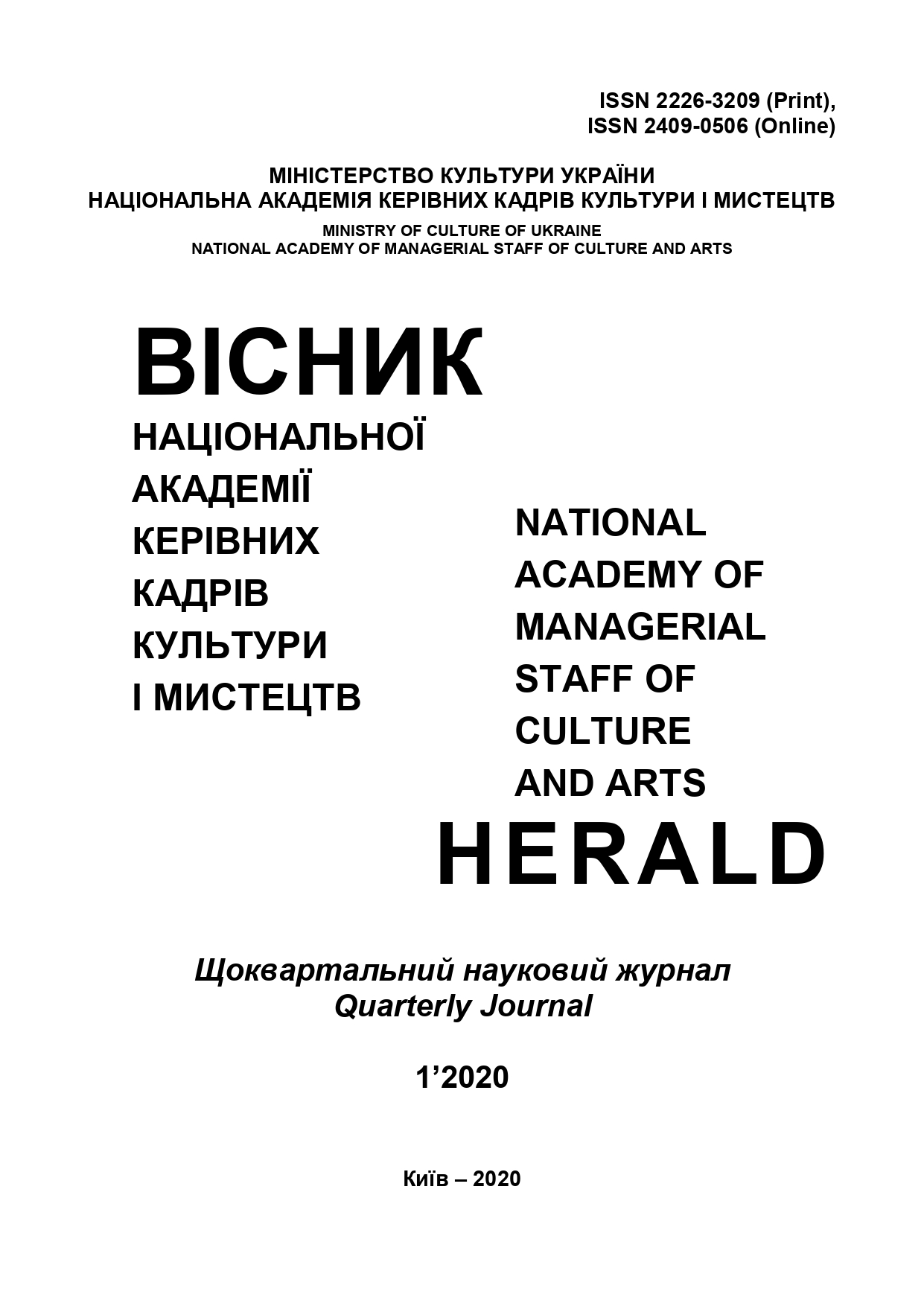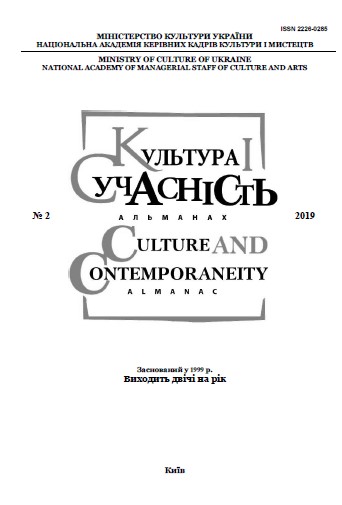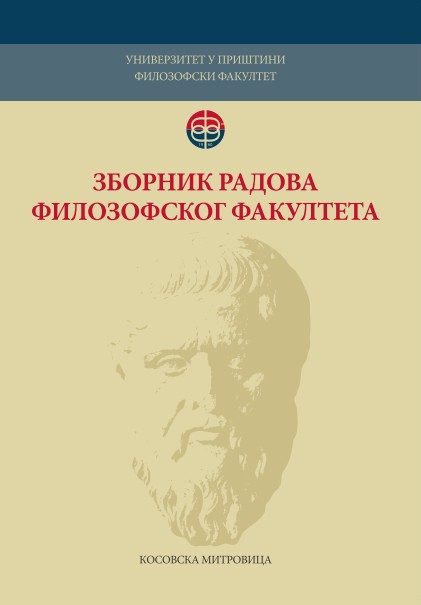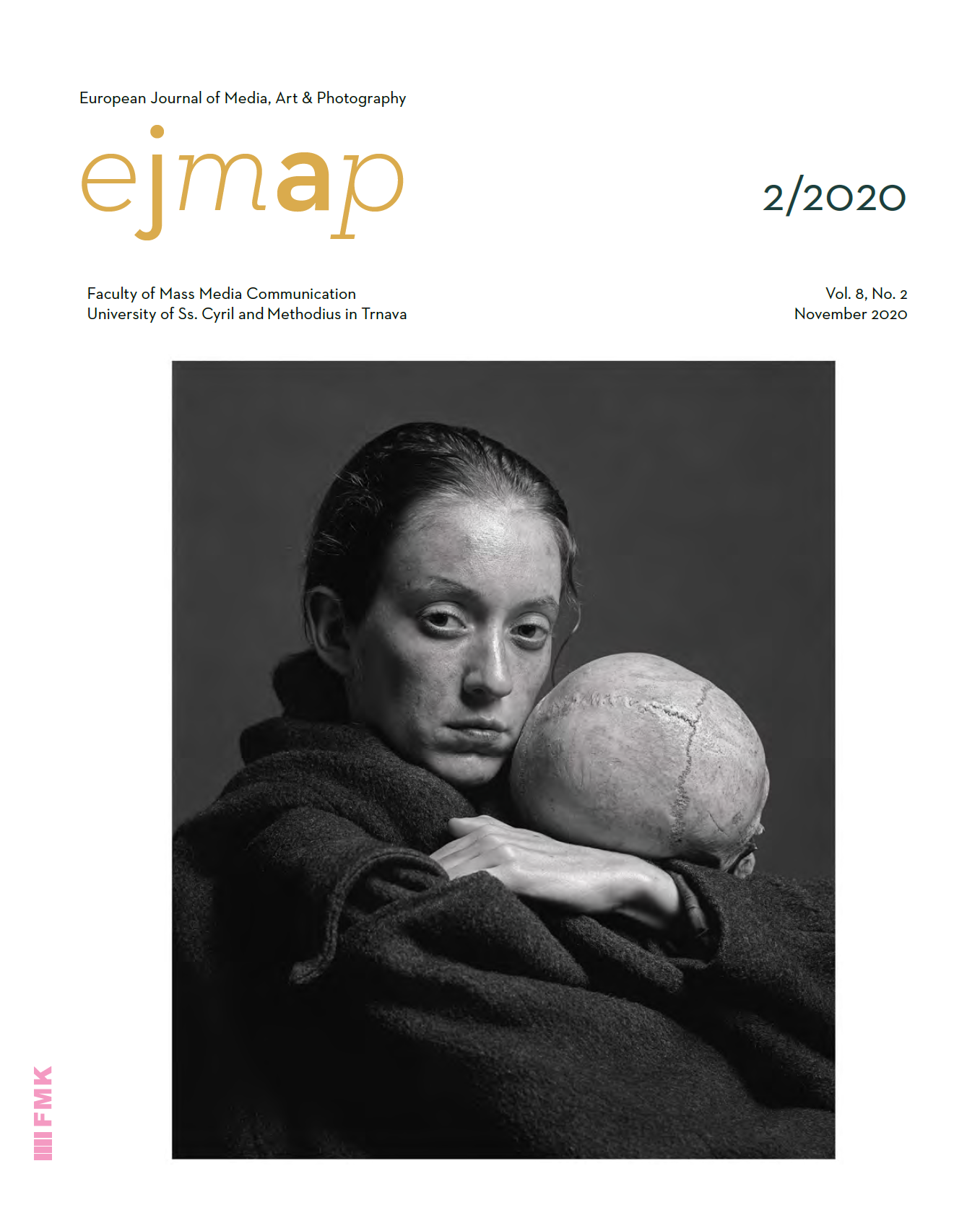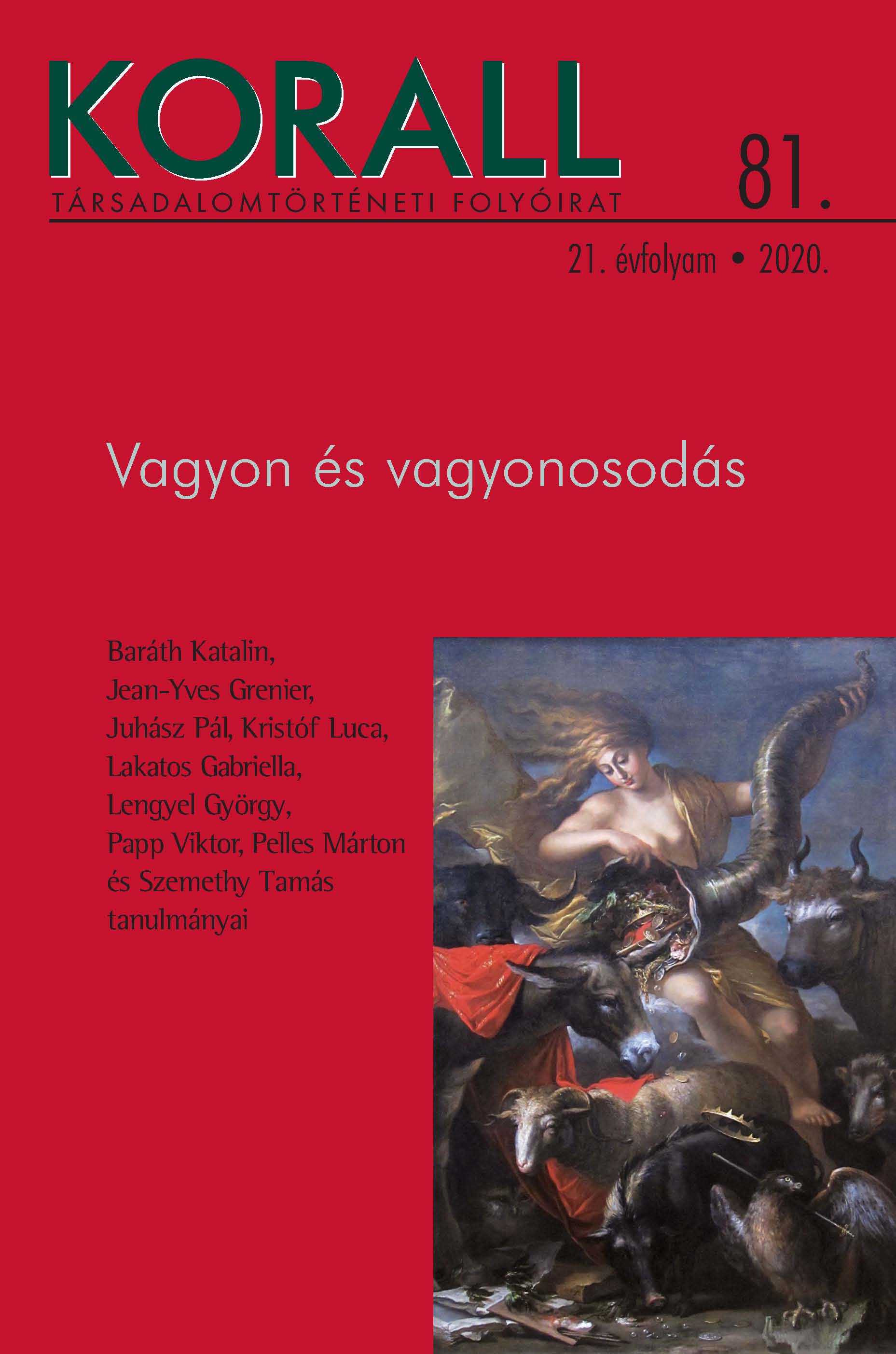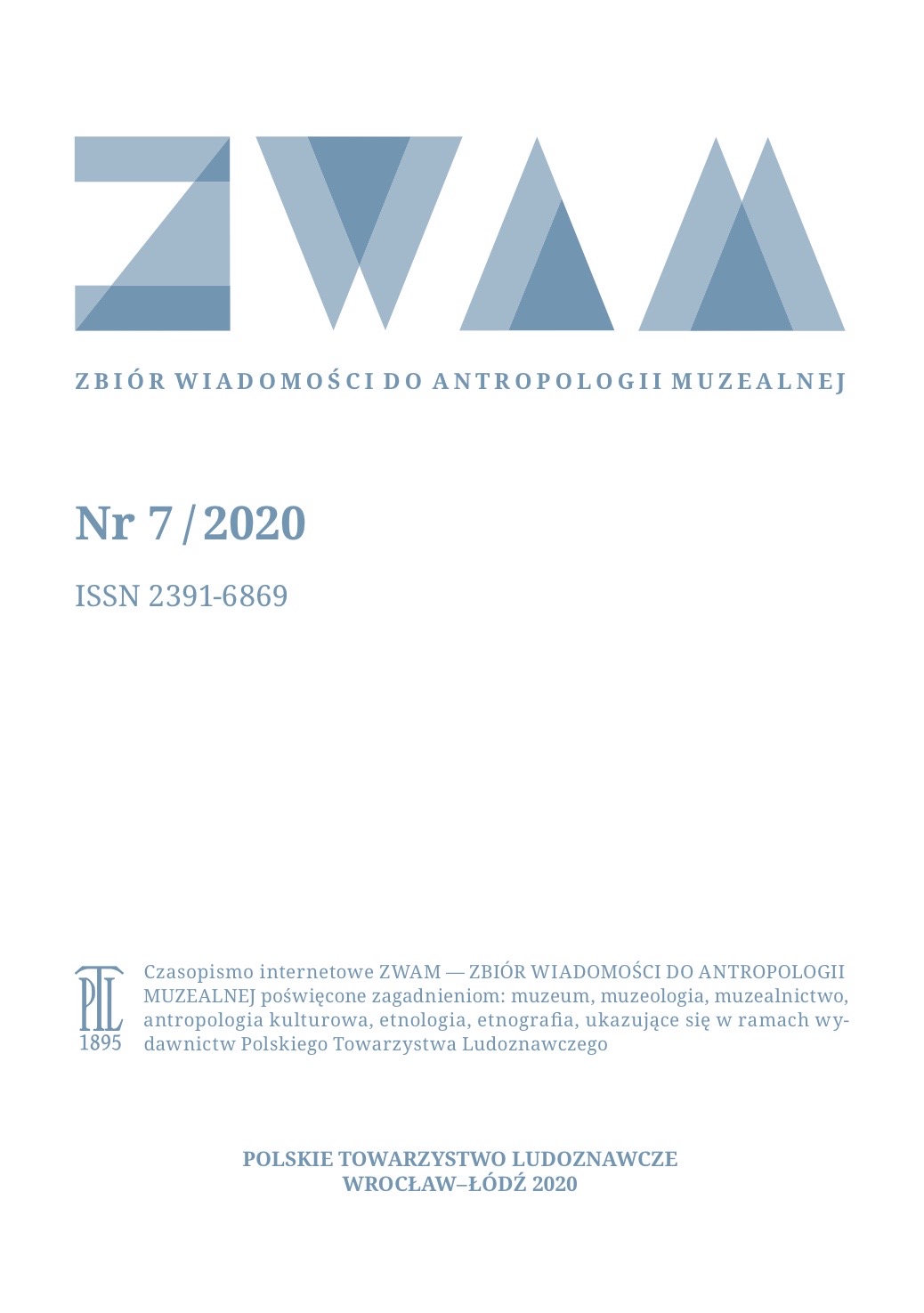Author(s): Andriy Krys / Language(s): Ukrainian
Issue: 2/2020
The purpose of the article is to identify the features of the origin and specificity of the evolution of stage forms of ballroom dance in the era of Antiquity, the Middle Ages, and the Renaissance. Methodology. The study of the genesis and development of stage ballroom dancing was carried out on the basis of a synthesis of culturological and art history methodological approaches, which contributed to understanding the process of formation and evolution of stage forms of ballroom dance in historical retrospective, analyzing the features of stage dances of Antiquity, the Middle Ages and the Renaissance; the study and identification of compositional solutions for theatrical performances of ballroom choreography. Scientific novelty. Studied and analyzed the process of formation, formation, and development of stage ballroom dance in the context of specific types of artistic thinking of the era of Antiquity, the Middle Ages and the Renaissance, which reflect not only ideological needs and ideas, the relationship of stage dance art with reality, but also determine the totality of the principles of choreography in them theoretical and practical incarnations. Conclusions. The study revealed that the stage forms of dance have existed since ancient times and had a number of characteristic differences from folk dances. Ballroom dance as a historical phenomenon appeared in the XII century. from everyday forms of folk dance, which led to its large-scale popularization and contributed to the formation at a certain historical stage in the development of society with increased social stratification. The process of professionalization of amateur household, that is, the formation of a court ballroom dance, took place in direct contact with theatrical forms of stage dance. The presence of many different creative positions and artistic and expressive necessity contributed to the formation of various forms of stage dance. An analysis of the specifics of the stage choreographic productions of ballroom dances in historical retrospective showed that despite the clear boundary between social (ballroom) and theater dances, which differ in character and function, they still retain a lot in common: a set of steps and description terminology, features inherent in the figure dances. However, the orientation of the dancers to the viewer, in accordance with the stage space and certain introduced elements of theatricality, indicate the presence of excellent characteristics.
More...
